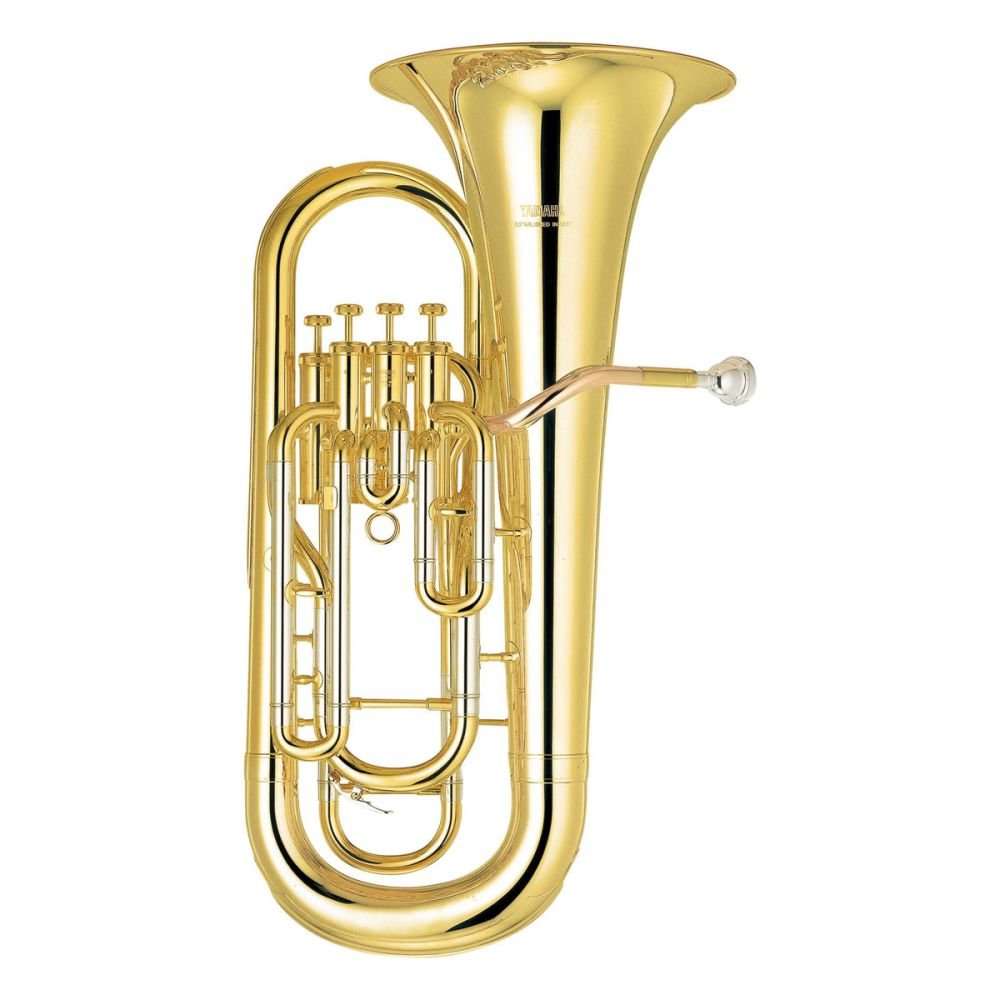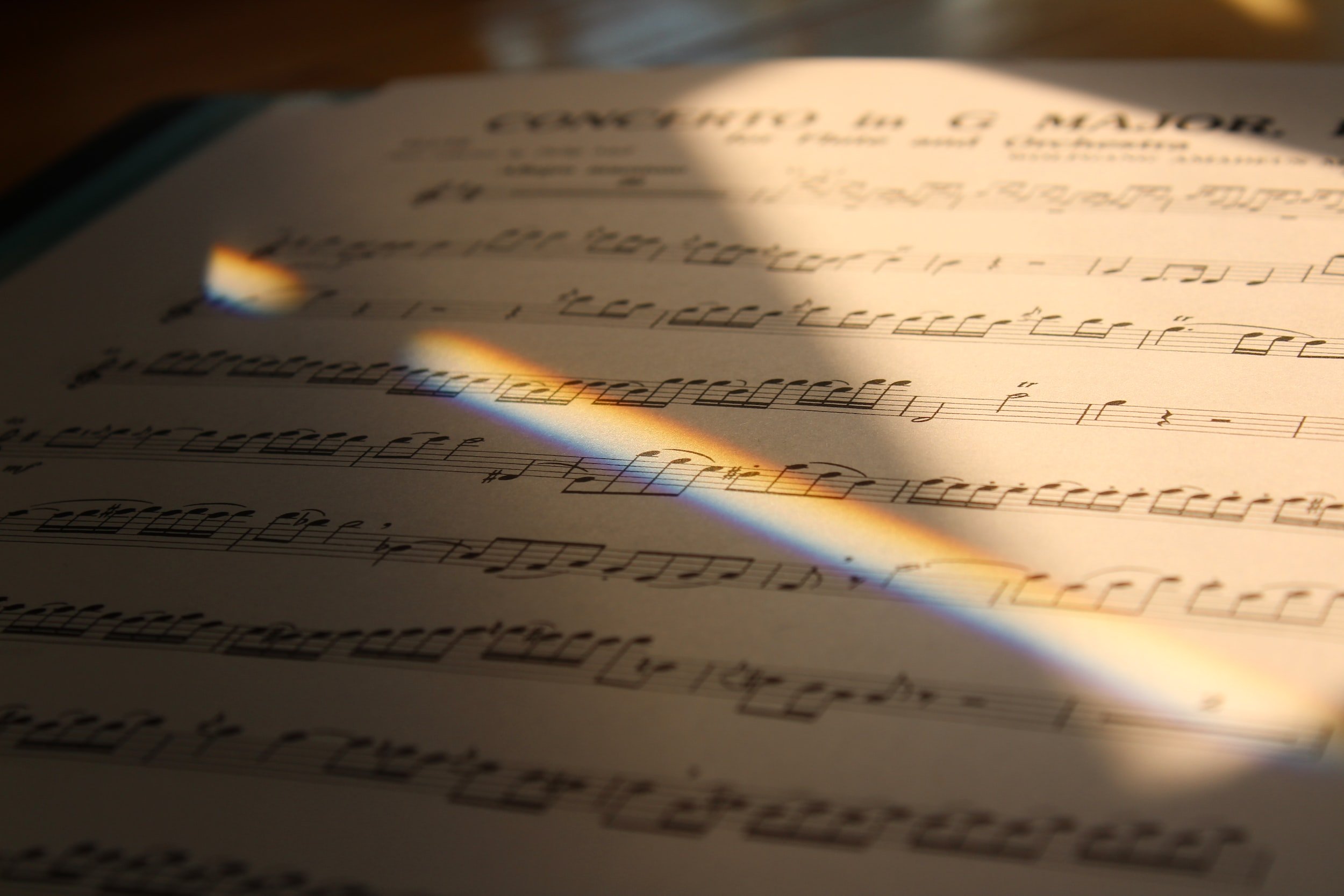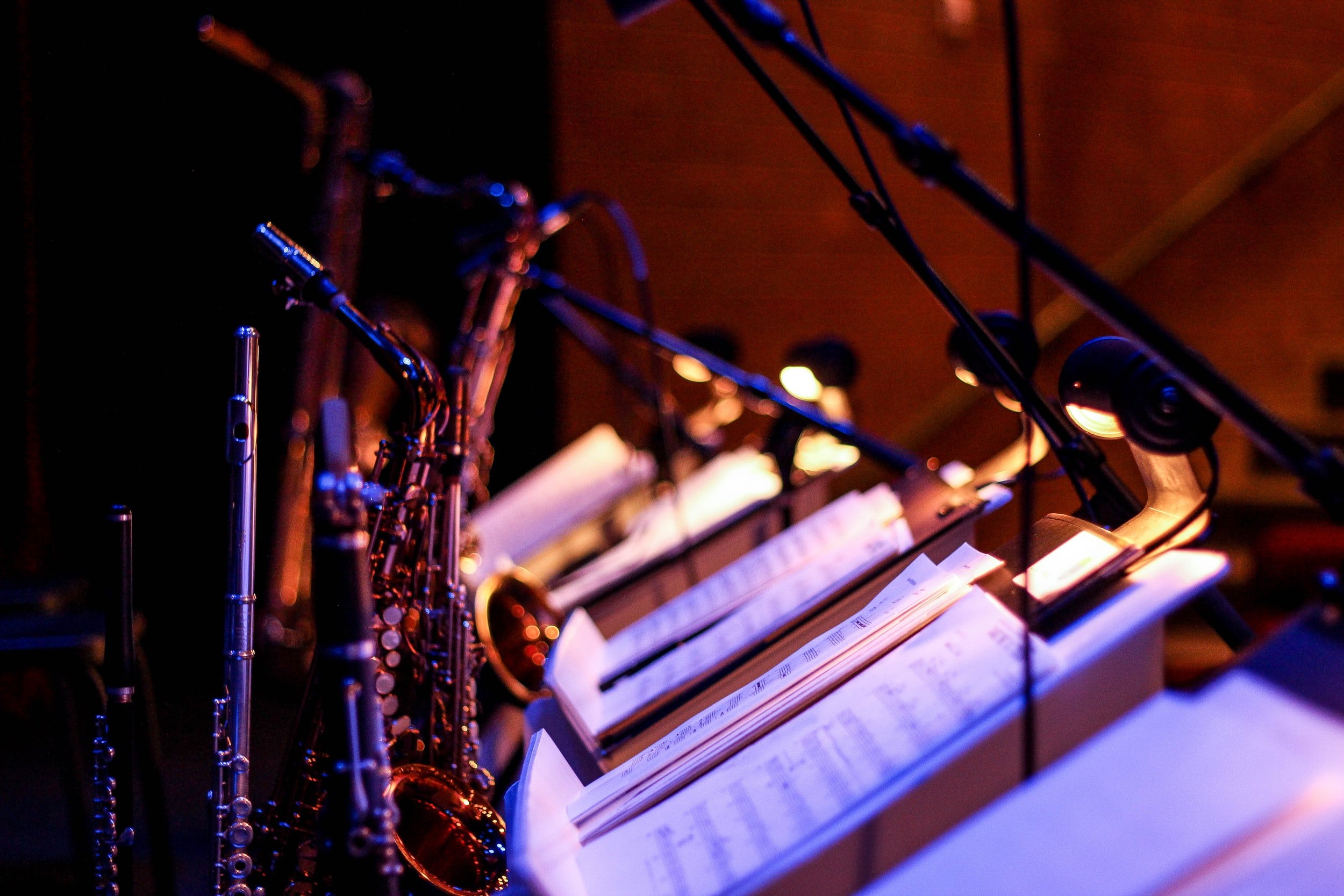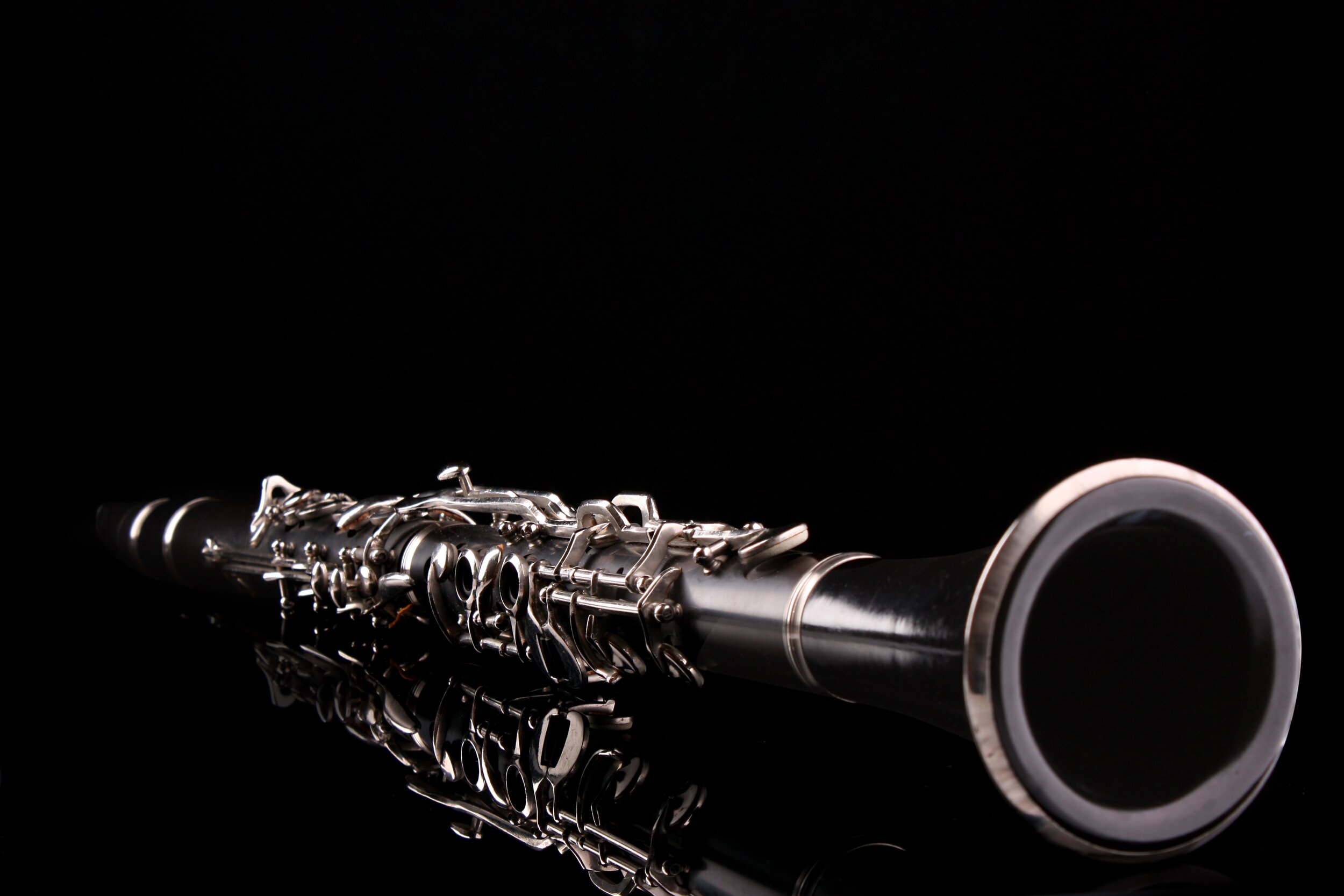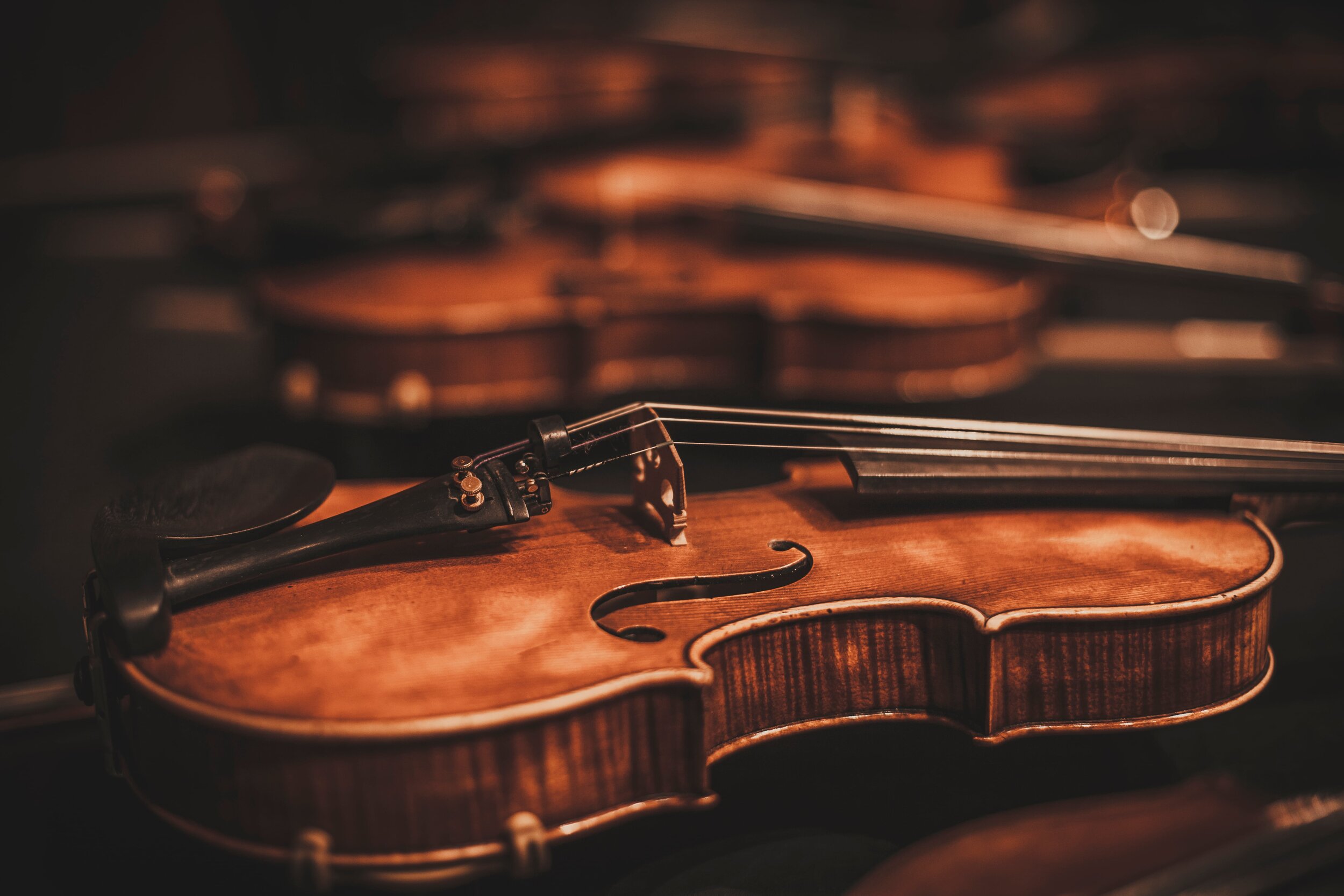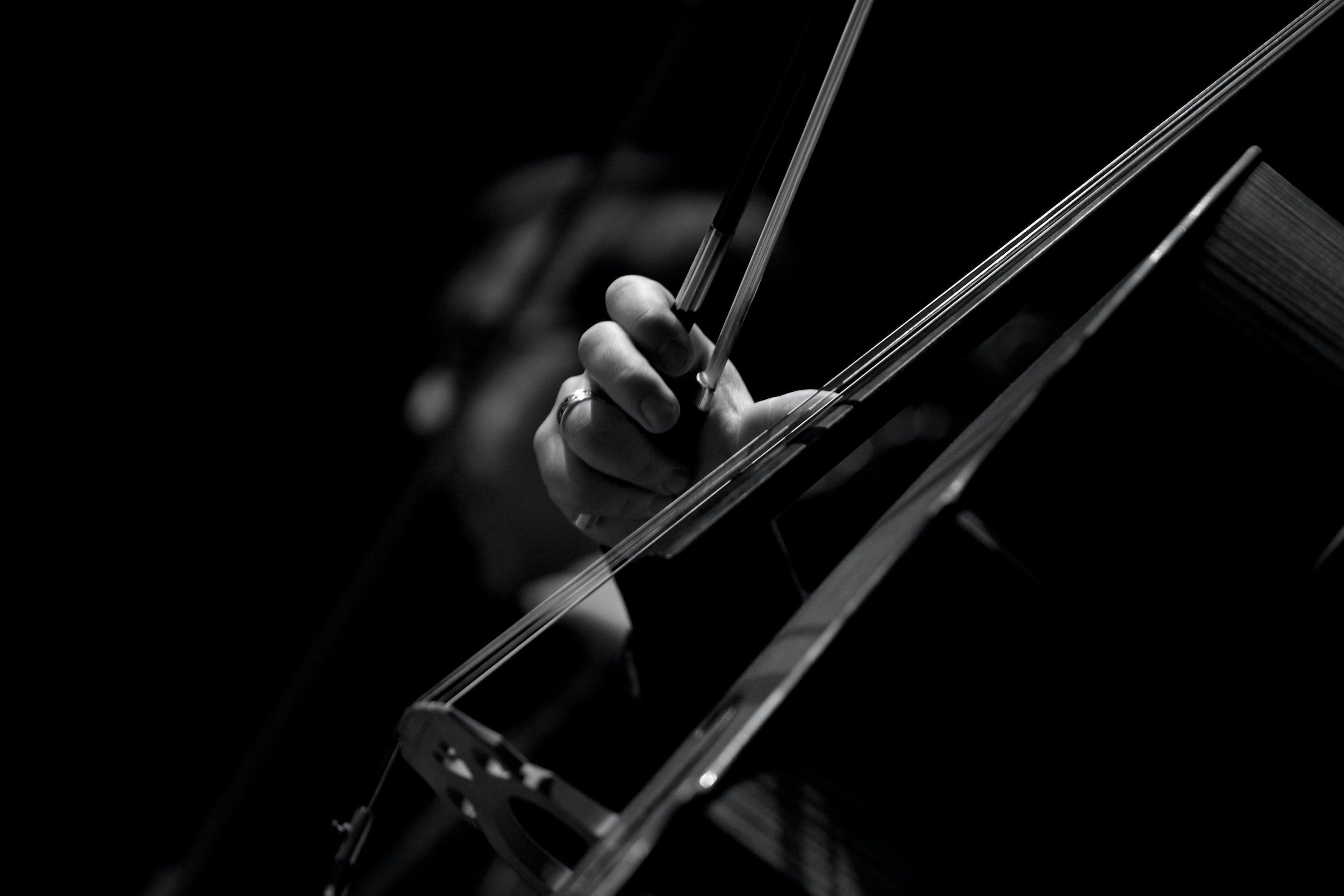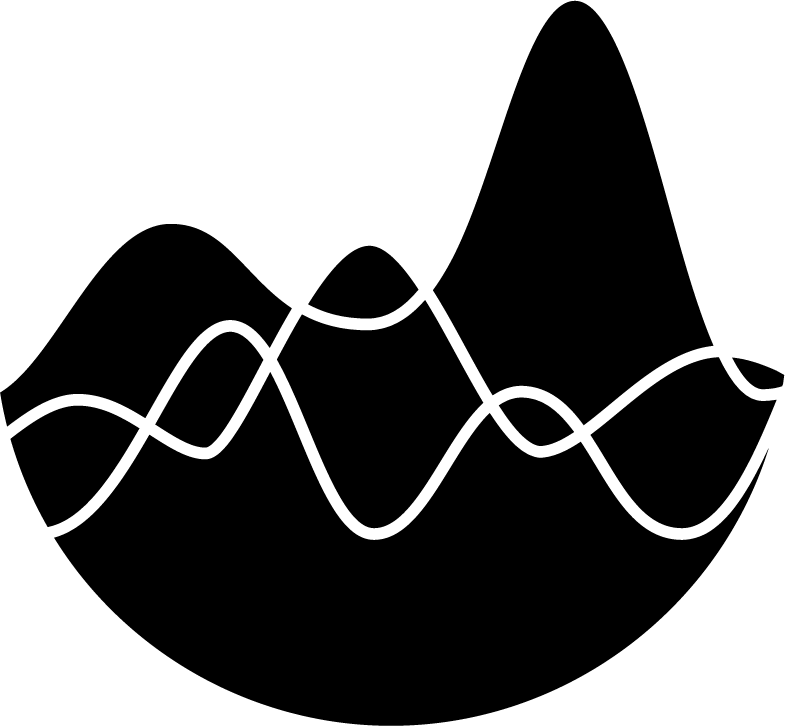Brass | The Tuba Family
Brass | The Tuba Family
Extreme Orchestration
by Don Freund and David CutlerPublished: February 2024
Tuba
Euphonium
The Tuba Family.
The tuba functions as the bass of the brass section. Comparable to the way string basses commonly double the cellos an octave lower (like adding an organ “16-foot” stop), the tuba is acoustically designed to provide depth and strength to the bass voice. Its sound is open and relatively diffuse, a “sub-woofer” to the brass and the orchestra as a whole. Like the string bass, the tuba frequently plays a supporting role, lacking the edge and focused projection of the other, more soloistic brass instruments, but its unique room-filling warmth can provide a multifaceted color resource to the imaginative orchestrator.
The bore of the tuba, the widest of the brass section, is conical, ending with an extreme flare to the bell. The mouthpiece is a deep cup, distinguishing its sound from its conical sibling, the horn, which has a funnel-shaped mouthpiece. Tubas come in a variety of sizes, the most common being the F (open fundamental is F1), the CC (open fundamental is C1), and the BB♭ (open fundamental is B♭0). Even though the tubing of the BB♭ is half again as long as the F tuba, the available low range is virtually the same in both instruments, and the sound quality can be almost identical. In the 19th century, different composers wrote for wrote for different sized tubas (and tuba prototype instruments such as the ophicleide), Berlioz, for example, wrote some very high tuba parts, while much of Wagner’s orchestration exploits the contrabass range. The modern tubist has to be comfortable with all these demands, and also able to vary the quality of the sound from brass orientation to a more general bass sound, since the tuba is frequently called upon to double the string contrabasses. Most American tubists will bring an F tuba and a CC tuba to performances, and choose from a wide selection of mouthpieces to provide the sound and range characteristics appropriate to the music. The terms “bass tuba,” “contrabass tuba,” and “tenor tuba” are arguably best left out of the modern orchestrator’s vocabulary, assuming that tubists make their own choice of which instrument to play. All tubas have at least 4 valves, which may be piston or rotary; the function of the extra valve(s) is to improve intonation and facility.
Although orchestras normally employ only one tuba player, some composers who have had the opportunity to write for bands and wind ensembles with a pair of euphoniums and at least two tubas are justifiably frustrated by the orchestra’s limitations.
The Tuba: A Guide to the Registers
The tuba’s sound quality is amazingly consistent throughout its entire range. The heart of the tuba’s range is from C2 to G3; in this region it can play with agility and dynamic/articulation flexibility that rivals the trumpet and surpasses the trombone and horn. In its lowest octave, the slow response of the air column itself makes the instrument less agile. Although D1 is commonly given as the bottom of the practical range, tubists seem very happy to display their low C1’s and even B♭0’s, although these must be approached with caution. From C4 to G♯4, the tuba can sound a bit tenuous, providing the lowest high-sounding music in the orchestra. If a brilliant ff is desired, writing above E4 may produce limited returns. The extreme low notes are also slightly limited in their dynamic range, but from E1 to E4 one can expect superb dynamic range and control, though the timbral response to degrees of dynamics is less dramatic than on other brass instruments. The color of the tuba may not change dramatically, whether it is played high or low, loud or soft, unless the composer specifically indicates a desired color or character.
Tuba Strengths and Limitations.
The tuba’s potential as a solo instrument, both in its imposing low range and as an alternate “baritone” voice, has been greatly unexploited. All kinds of tonguing and fast-moving passagework are technically available and tubists, who are all too often assigned simple bass lines, will eagerly tackle the challenge. The somewhat unfocused projection of the sound itself can be a liability, but in situations where a broader sound or a little mystery is desired, the tuba excels. As an ensemble additive, the tuba blends extraordinarily well at all dynamic levels inside and outside the brass section.
It takes more air to produce a sound on the tuba than on other brass in any range at any dynamic. Sustained long, low, loud notes will invariably need to be re-attacked. Planning how to divide these long notes and finding unobtrusive breaths in long sustained lines are ever-present considerations for tubists. Composers should show an awareness of breathing limitations by providing some indications of where a performer might breathe.
Tuba Mutes.
Muting in the tuba family is limited to straight mutes. There is no real need to soften the sound of a tuba or euphonium, but the use of a mute can add a bit of quiet edge to the sound, making a better match for other muted brass. A note of caution: It takes significantly longer to insert and remove a tuba mute than comparable mutes on other brass instruments. Inserting and removing a tuba mute may also be the most remarkable visual event of a performance. Tuba mutes are VERY LARGE, and fold-up or inflatable models have yet to be engineered, so it is not unreasonable to find that tubists occasionally leave home without one.
Instrument Studies for Eyes and Ears (ISFEE): These pages explore the techniques and timbres of the tuba, with scores synched to video recordings. These links go to the ISFEE webpages for the Tuba’s:
The Euphonium (Tenor Tuba), and/or Baritone Horn.
The upper extension of the tuba family is the euphonium (sometimes called “tenor tuba” in orchestral scores), which carries the tuba’s characteristic timbre into the tenor trombone range. The euphonium has precisely the same range as a tenor trombone. Its open fundamental is B♭1; a fourth valve has the same function as the trombone’s F trigger, and 3 pedal tones are playable (down to A♭1). It has the smoothness and agility of the tuba, but can soar up into the high tenor range with no signs of strain or stress. Its relative mellowness at any dynamic level may be a shortcoming as well as a blessing, but it offers a distinct alternative to the horn and trombone. The baritone horn may differ from the euphonium by lacking the 4th valve and having a narrower bore, but this distinction is hardly universal; some composers consider them to be the same instrument. Some band parts for euphonium or baritone are written in B♭ in treble clef, sounding a M9 lower; this makes the fingering familiar to reformed trumpet players. Generally, writing at concert pitch in bass or tenor clef is preferred, but a supplemental treble clef transposing part will cover all the bases.
Other Members of the Tuba Family.
Some orchestration texts consider cornets, flugelhorns, alto horns, Wagner tubas, mellophones, and mellophoniums as members of the tuba family, and structurally and acoustically speaking this is appropriate. We have grouped these instruments with either the trumpet or horn families, since they are usually played by trumpet or horn players. Mention must be made of the Sousaphone, which is simply a reconstructed BB♭ tuba, shaped in a circle that can be carried over the shoulder, with the bell facing forwards — ideal for marching bands.
Instrument Studies for Eyes and Ears | Euphonium
Tuba Family Orchestral Examples.
Here are examples from orchestral literature that demonstrate characteristics of the tuba family.
This early 19th-century work demonstrates the high and extreme high range of the tuba. Although composed for the ophecleide, it is usually played today on tuba. Some tubists will even stay in the high octave all the way to B♭4 in the 5th measure of this excerpt. While this is a great example of what may be possible on tuba, it is not a model to follow. The C major arpeggios in the last 4 measures, when played at the breakneck speed usually applied, are more impressive for their wild and woolly excitement than for their clarity and focus.
Berlioz: Symphonie Fantastique, V, 5 measures before rehearsal number 85 to the end (score-following)
This excerpt displays the strength and flexibility of the tuba’s lower range. The two-note slurs against repeated notes enhance the character while allowing for reduced pitch motion. The final repeated F’s can be played with tremendous authority and power.
Hindemith: Symphonic Metamorphoses, Turandot Scherzo, 4 before rehearsal letter Y to the end (score-following)
These two Wagner excerpts show some of the variety found in his resourceful handling of the instrument. The Ride of the Valkyries projects immense power and energy in the lower range; the excerpt from Meistersinger Prelude exhibits the singing high range cadencing with music literature’s most recognized tuba trill.
Wagner, Die Walküre, Ride of the Valkyries, rehearsal number 11
(score-following at 2:42:42)
Wagner, Prelude to Die Meistersinger, measures 166-172 (score-following at 6:43)
These two famous solos exploit the potential for a somewhat awkward sound in the tuba’s high register. Bydlo was scored for a smaller tuba, and is probably more appropriately assigned to a euphonium.
Mussorgsky/Ravel: Pictures at an Exhibition, Bydlo (score-following)
Stravinsky: Petrushka, Fourth Tableau, rehearsal number 189 (1947 revision)/r.n.100 (1911 version)
The first excerpt given from Strauss’s Don Quixote shows the tenor tuba (euphonium) muted and used in octaves with the muted tuba to add clarity and character to a bass line also supported by the string contrabasses and the contrabassoon. The second excerpt shows one version of the theme representing Sancho Pansa; this excerpt not only displays exceptional agility of the instrument, but also a character that is perfectly suited to its sound and articulation qualities. It is unfortunate that Strauss always doubles the euphonium, usually with the bass clarinet — it is a wonderful sound when heard alone. Note that Strauss notates the tenor tuba a M2nd above where it sounds; current practice is to notate at concert pitch.
In this example from Holst’s The Planets, the solo euphonium is heroically pitted against a pair of trumpets that follow it in canon. Note that Holst notates his euphonium a M9th above where it sounds; current practice is to notate at concert pitch.
More brass-related chapters from Extreme Orchestration
All Extreme Orchestration chapters
More Tuba Family Resources
From ACTOR Partners
Recommended External Content
Brass
Content here
Tuba
Content here


